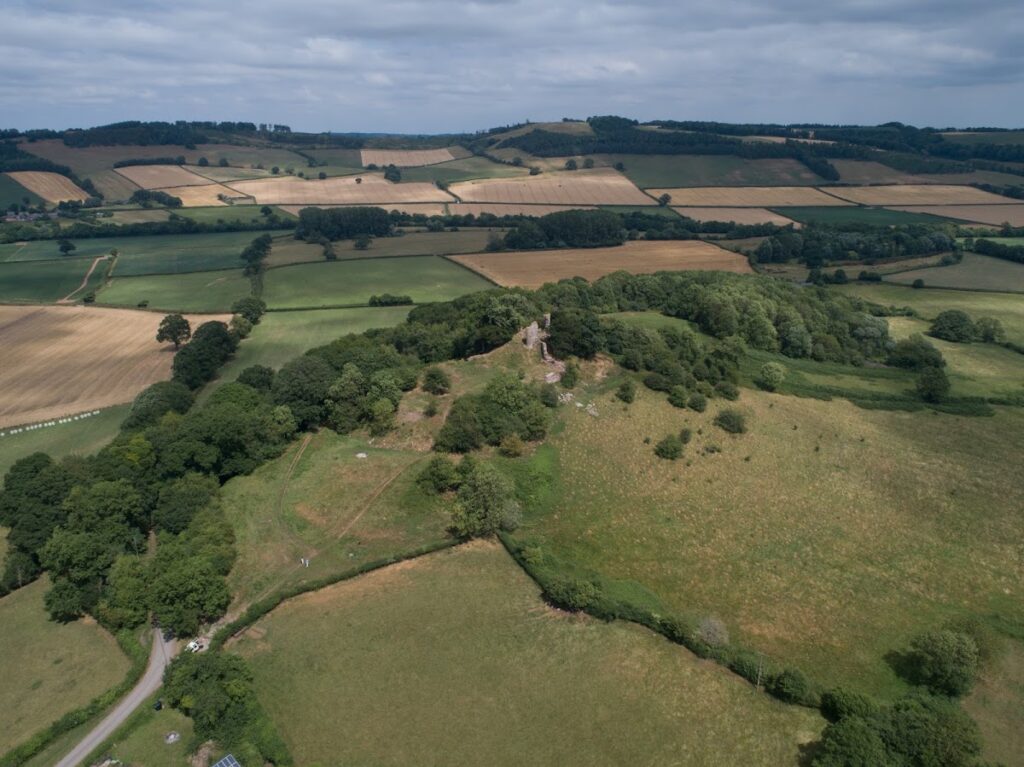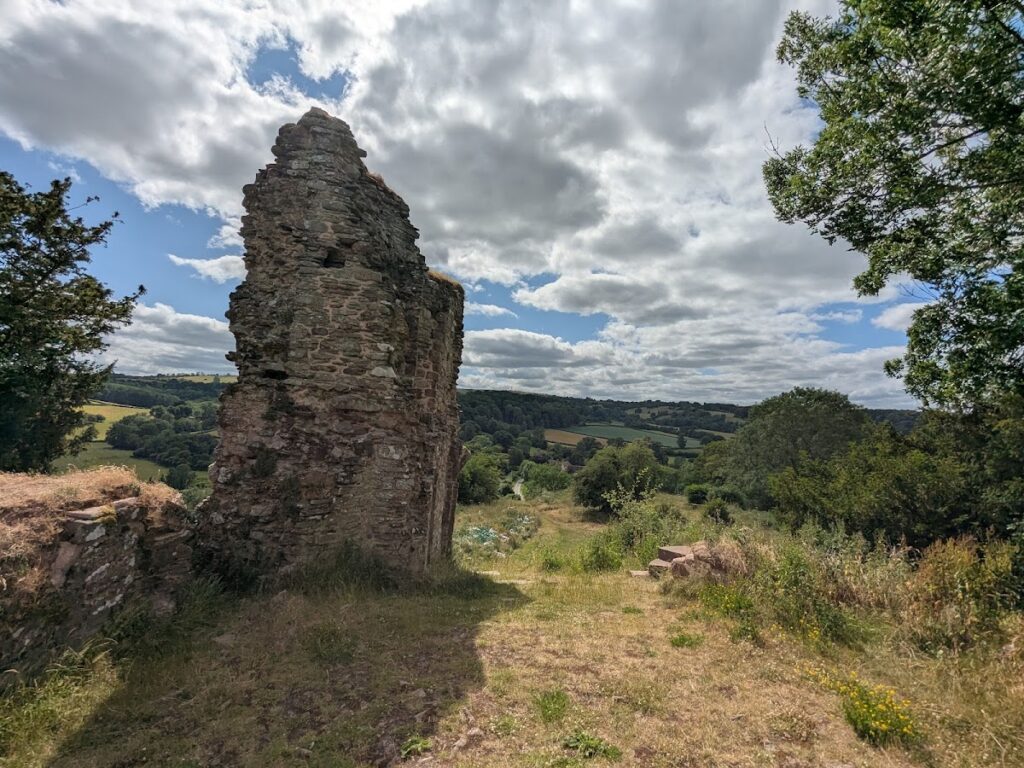Snodhill Castle: A Norman Frontier Fortress in England
Visitor Information
Google Rating: 4.7
Popularity: Very Low
Google Maps: View on Google Maps
Official Website: www.snodhillcastle.org
Country: United Kingdom
Civilization: Unclassified
Remains: Military
History
Snodhill Castle is situated near the village of Dorstone in England and was originally constructed by the Normans during the 11th century as a defensive stronghold along the border with Wales. Its strategic location was chosen to control the Norman-English frontier against incursions from Welsh princes.
The earliest records of Snodhill Castle date from 1142, though archaeological findings suggest the fortress may have been begun as early as 1067. William FitzOsbern, a close companion of William the Conqueror, is thought to have been responsible for the initial stone construction, making Snodhill among the earliest Norman castles built of stone in England. Another theory attributes the castle’s founding to Roger de Chandos after 1127, but physical evidence supports the earlier origin. Initially, the land and castle were granted to Hugh L’Asne before 1071, and by 1101 the property came into the hands of Robert de Chandos I through marriage, marking the start of the Chandos family’s long association with the site.
Throughout the 12th and 13th centuries, the Chandos family maintained ownership and undertook various enhancements to the castle’s fortifications. Notably, in 1401, John Chandos reinforced Snodhill to resist the Welsh uprising led by Owain Glyndýr. After John Chandos died without heirs in 1428, the castle changed hands; it passed to the noble Beauchamp family, briefly to Richard Neville, and eventually to Richard of York, who would become King Richard III. During this period, the status of Snodhill shifted from a private lordship to royal possession.
By the mid-1500s, English antiquarian John Leland described the castle as partly ruined yet still in occasional use. Queen Elizabeth I later granted the property to Robert Dudley, Earl of Leicester. Military action during the English Civil Wars in the 17th century led to the castle being besieged and partly dismantled. Afterward, ownership passed through local families such as the Prossers and Powells before the estate was sold in the 20th century.
In the 20th and 21st centuries, the historical significance of Snodhill Castle was recognized through archaeological surveys and conservation efforts. Listed as an ancient monument in 1933 and later added to England’s Heritage at Risk Register, the site has been under the stewardship of the Snodhill Castle Preservation Trust since 2016. Ongoing excavations have uncovered important features revealing the castle’s long history, and restoration work continues to preserve this remarkable medieval fortress.
Remains
Snodhill Castle is a classic example of a motte-and-bailey design, occupying a steep hill between two watercourses: the River Dore and Snodhill Stream. The motte, an artificial earth mound, rises prominently between 7.5 and 14 meters above the surrounding landscape and spans approximately 44 meters across at its widest point. This elevated platform offered a commanding view and defensive advantage.
At the summit of the motte are the ruins of a polygonal stone keep dating from around 1160. The keep’s base was originally thirteen-sided, but due to early structural collapse and later rebuilding, the upper stories form an irregular ten-sided shape. This masonry construction represented an advanced form of defense for its time. On the western side, the keep was remodeled to include a large drum-shaped tower on the southwest corner. Evidence also suggests there was a similar drum tower on the northwest flank, though this remains unconfirmed. Between these towers once stood an arched gateway, featuring an intact arch head and a groove where a portcullis— a heavy, vertically sliding gate— could be lowered to block entry. These gateway defenses were probably added during the late 14th or early 15th century when fortifications were heightened.
To the west of the motte lies the inner bailey, a courtyard enclosed by steep earthworks and terraces. Portions of the original stone curtain wall that encircled this area still survive, along with remains of a chapel tower located on the southern side. Excavations to the north have revealed a large tower recently uncovered, along with traces of significant buildings that once stood within the bailey. A distinctive cross-wall divides the inner bailey into two parts. A fortified postern gate discovered in the northeast confirms the castle had multiple controlled entrances, supplementing the main gateway shown on maps from the 17th century near the southwestern corner.
There is tentative archaeological evidence for additional outer baileys— enclosures beyond the central fortifications—to the east and west of the motte. If verified, these multiple baileys would rank Snodhill among the largest of the early Norman castles in England, reflecting its importance as a frontier fortress.
A remarkable feature of Snodhill Castle was its Royal Free Chapel, unique among English lordship castles for being directly tied to the monarchy. Active between at least the 13th and 16th centuries, this chapel had chaplains appointed by the monarch. Its remains were rediscovered within the southeastern corner of the main bailey as recently as 2022. Plans are underway to stabilize and restore this once-prized religious space to provide insights into the castle’s spiritual as well as military history.
Located about 200 meters west of the castle lie the ruins of Snodhill Court, a 17th-century stone manor house. This building incorporated salvaged stonework and carved corbels taken from the castle ruins. Archaeological excavations in 2021 found matching carved fragments within the castle site, highlighting the reuse of materials from the castle during this later period of local occupation.










